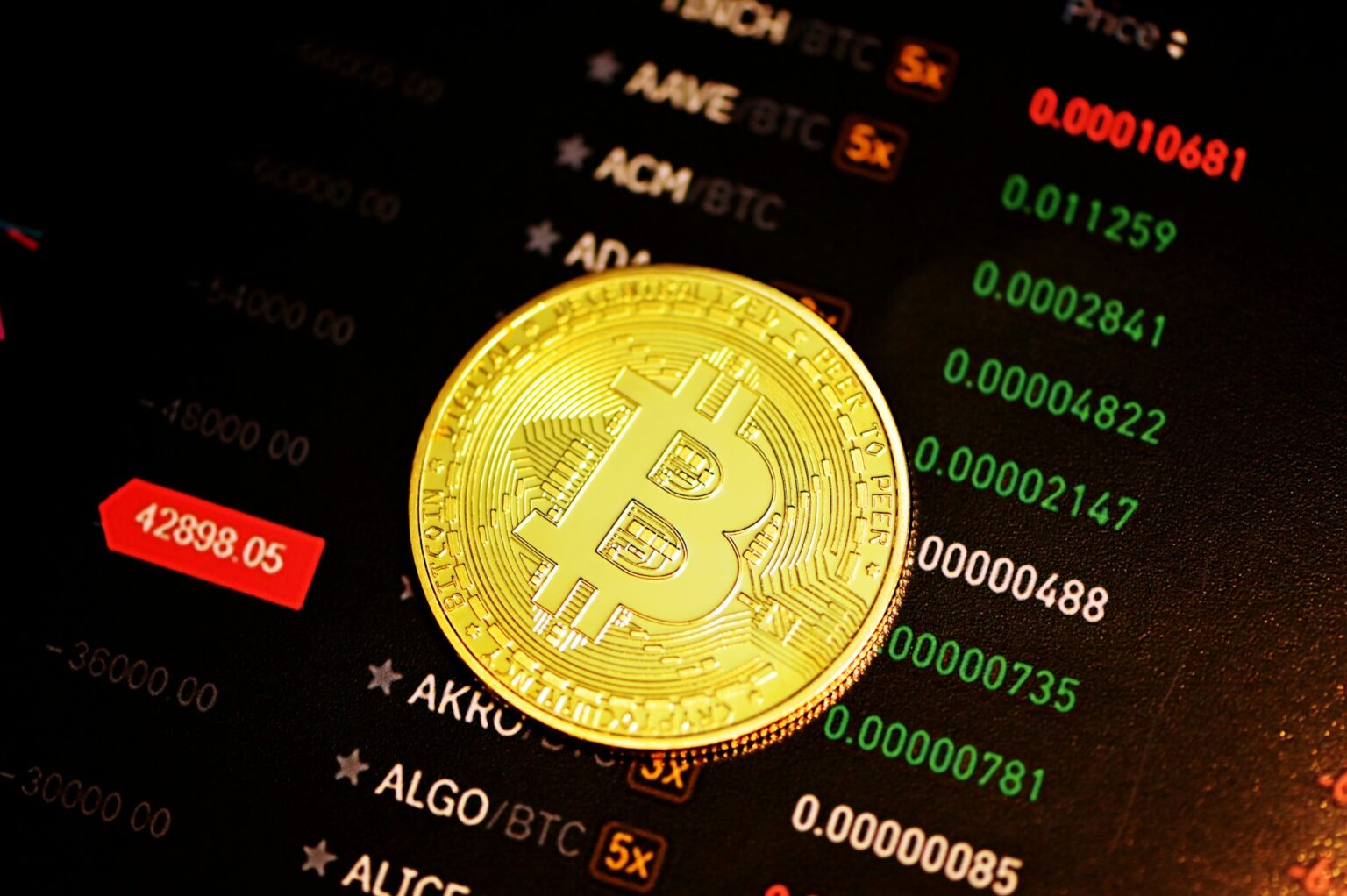In the ever-evolving landscape of the cryptocurrency market, understanding whale movements can provide invaluable insights into future trends. The recent uptick in Bitcoin whale activity underscores the importance of staying informed about major players’ strategies and their potential impact on market dynamics. This deeper understanding becomes crucial for anyone involved in the cryptocurrency ecosystem, from individual investors to institutional stakeholders.
Unveiling the Surge in Bitcoin Whale Accumulation
As of late, there has been a notable increase in the number of new Bitcoin whales—entities or individuals holding more than 1,000 BTC—who have been acquiring this flagship cryptocurrency at an unprecedented pace. According to insights from a recent CryptoQuant report, these new whales have significantly bolstered their holdings over the past few months, hinting at a possible supply squeeze in the near future.
Rapid Growth Among New Bitcoin Whales
Analysis from CryptoQuant reveals that wallets categorically defined as “new whales,” each possessing over 1,000 BTC acquired within the last six months, are accumulating at a remarkable rate. This metric filters out long-dormant wallets to focus solely on recent market entrants. Between March and June of 2025, holdings by these new whales have surged from approximately 500,000 to an impressive 1.1 million BTC. This growth represents an increase of about 600,000 BTC, roughly valued at $63 billion in today’s market.
The share of Bitcoin supply controlled by these new whales has risen from 2.5% to 5.6%, highlighting a 3.1% increase. To put this in perspective, this shift is akin to removing ten months’ worth of Bitcoin mining output from the circulating supply, stressing a potential undercurrent of supply constraint.
This behavior can be interpreted as a robust vote of confidence in Bitcoin’s future value, as these acquisitions involve freshly mined cryptocurrencies rather than tokens maneuvered across existing wallets. This trend also reflects a strategic shift among well-capitalized investors positioning themselves for anticipated bullish market catalysts, including prospective ETF inflows and expected interest rate reductions.
Moreover, the rapid rate at which newly mined Bitcoin is being absorbed could herald a supply shortage, historically associated with heightened price volatility. Strategists from CryptoQuant recommend monitoring key indicators such as exchange inflows and outflows of this cohort as well as ETF creation activity, which could signal changes in institutional demand.
Prospects of a Bitcoin Rally
Macroeconomic indicators are beginning to align in favor of a potential Bitcoin rally. Historically, BTC’s price often mirrors movements in gold and the variations in the M2 money supply, both of which are currently trending upwards, suggesting a bullish outlook.
Meanwhile, institutional interest in Bitcoin continues to expand robustly. The Blockchain Group and Metaplanet have made significant investments, propelling their Bitcoin holdings to substantial levels. As of this writing, Bitcoin is valued at $105,529, with a minor dip of 1.3% within the last 24 hours, as per trading data from BTCUSDT on TradingView.
What defines a “new whale” in the Bitcoin market?
In the Bitcoin ecosystem, a “new whale” refers to an entity or individual holding over 1,000 BTC that has been acquired within the past six months. This classification helps to differentiate between long-term holders and recent market entrants, providing clearer insights into current market activities.
Why is the accumulation by new Bitcoin whales significant?
The accumulation by new Bitcoin whales is significant because it indicates fresh investment and confidence in Bitcoin’s future prospects. It can foreshadow supply constraints and potential price increases, especially if these whales continue to acquire at the observed rate, reducing the available pool of Bitcoin in the market.
How do institutional investments impact Bitcoin’s market dynamics?
Institutional investments bring significant capital inflows into the Bitcoin market, often stabilizing and boosting market confidence. These investments can result in increased liquidity, price stability, and can drive further adoption by validating Bitcoin as a legitimate investment asset in the eyes of traditional financial sectors.
This thorough exploration into the realm of Bitcoin focuses on the increasing activity of whale investors and the potential implications for the market. The FAQs provide further insights, aiding readers in making well-informed decisions in the dynamic cryptocurrency landscape.

